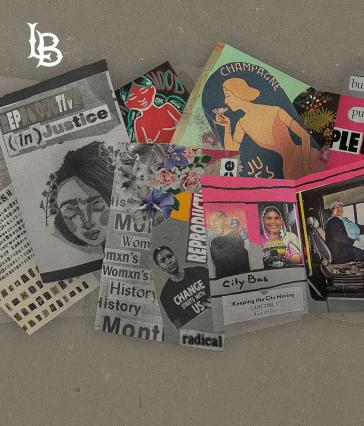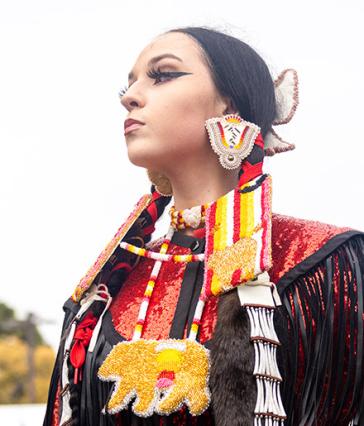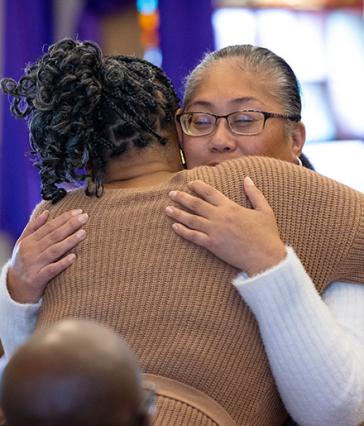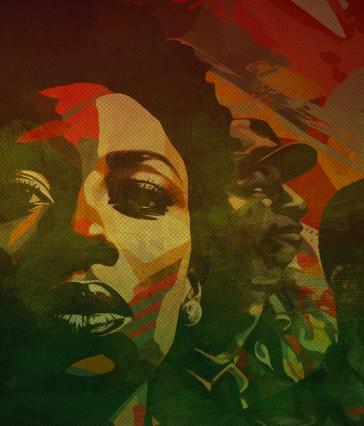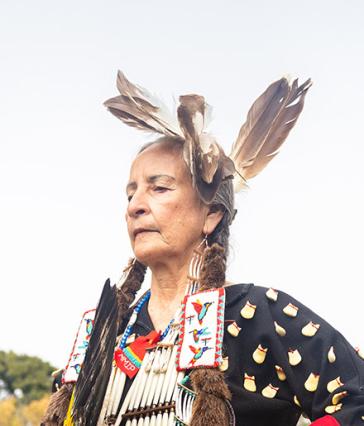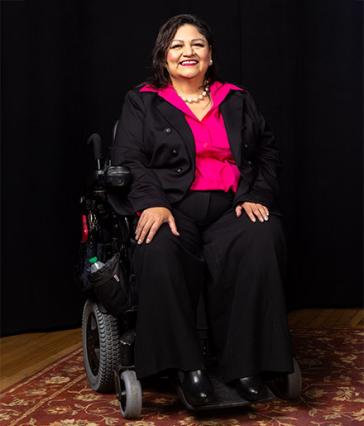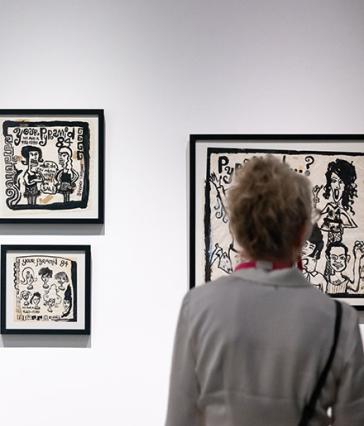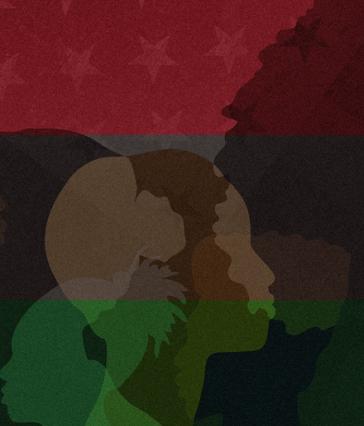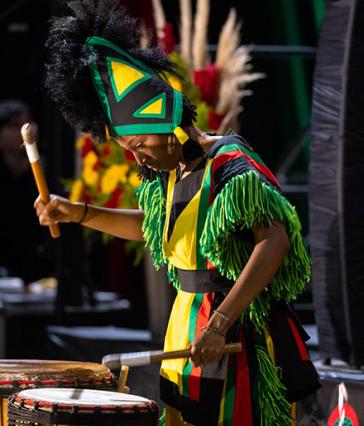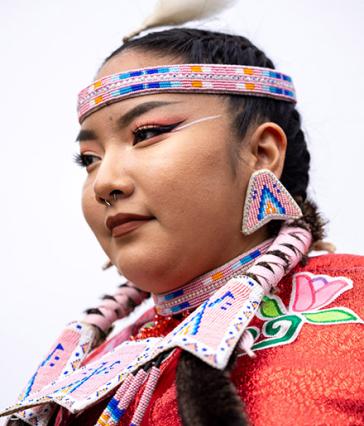51st CSULB Pow Wow uplifts a new generation while celebrating traditions
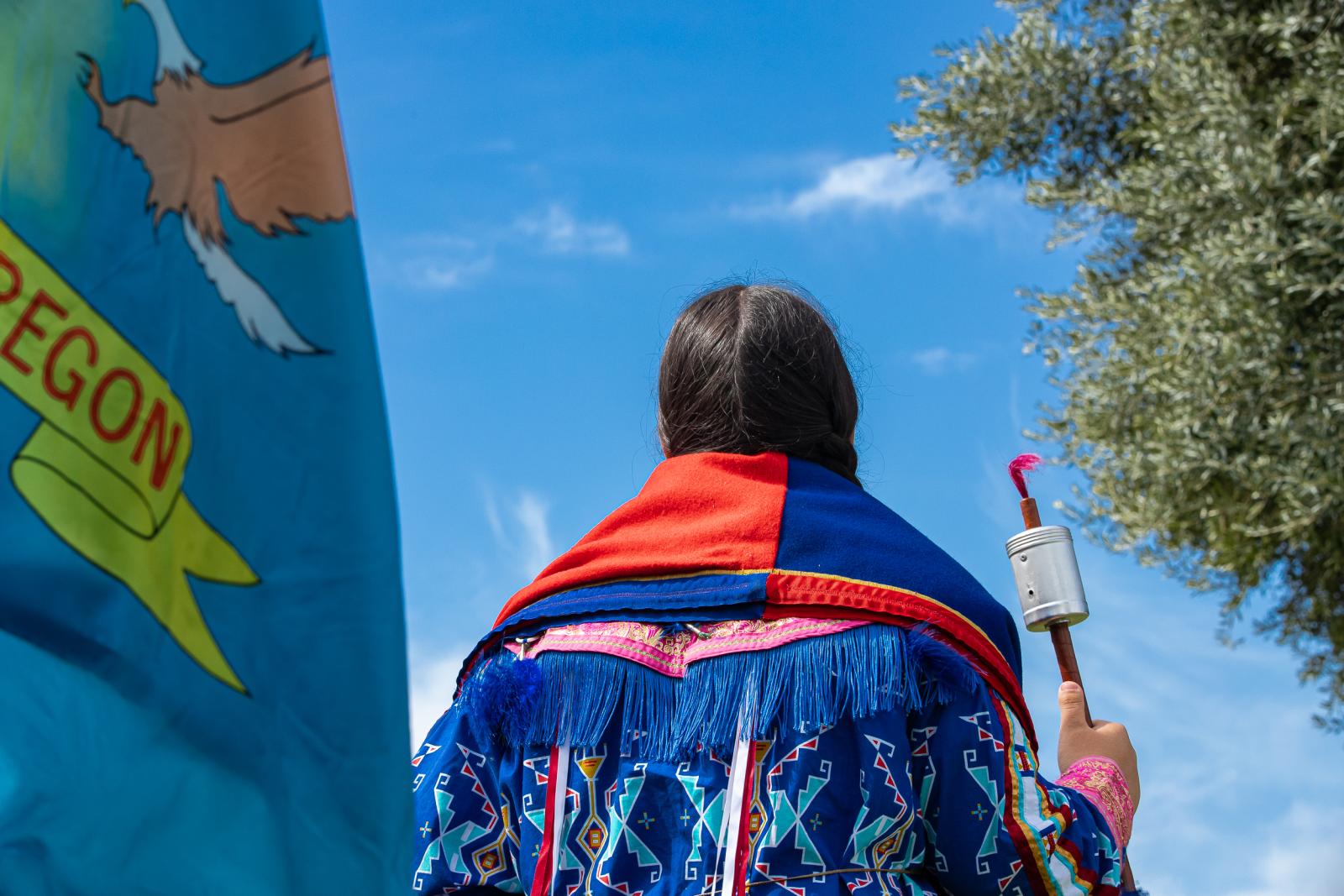
The sounds of drumming and singing, the sights of dancers dressed in colorful Native outfits and regalia, and the smells of frybread and grilling meats filled Upper Campus Quad this past weekend. The 51st anniversary CSULB Pow Wow – the largest university-based powwow west of the Mississippi River – returned to campus, and it was a feast for the senses.
Last year’s 50th anniversary Pow Wow was a triumphant and celebratory event, as it was the first such gathering at The Beach in three years because of the pandemic. Organizers estimated that about 6,000 people attended this year, with folks coming in from throughout California, the Pacific Northwest, the Midwest and Canada.
The sun generously warmed up the event on Saturday and Sunday, in contrast to last year’s rain and dark clouds, as many observed.
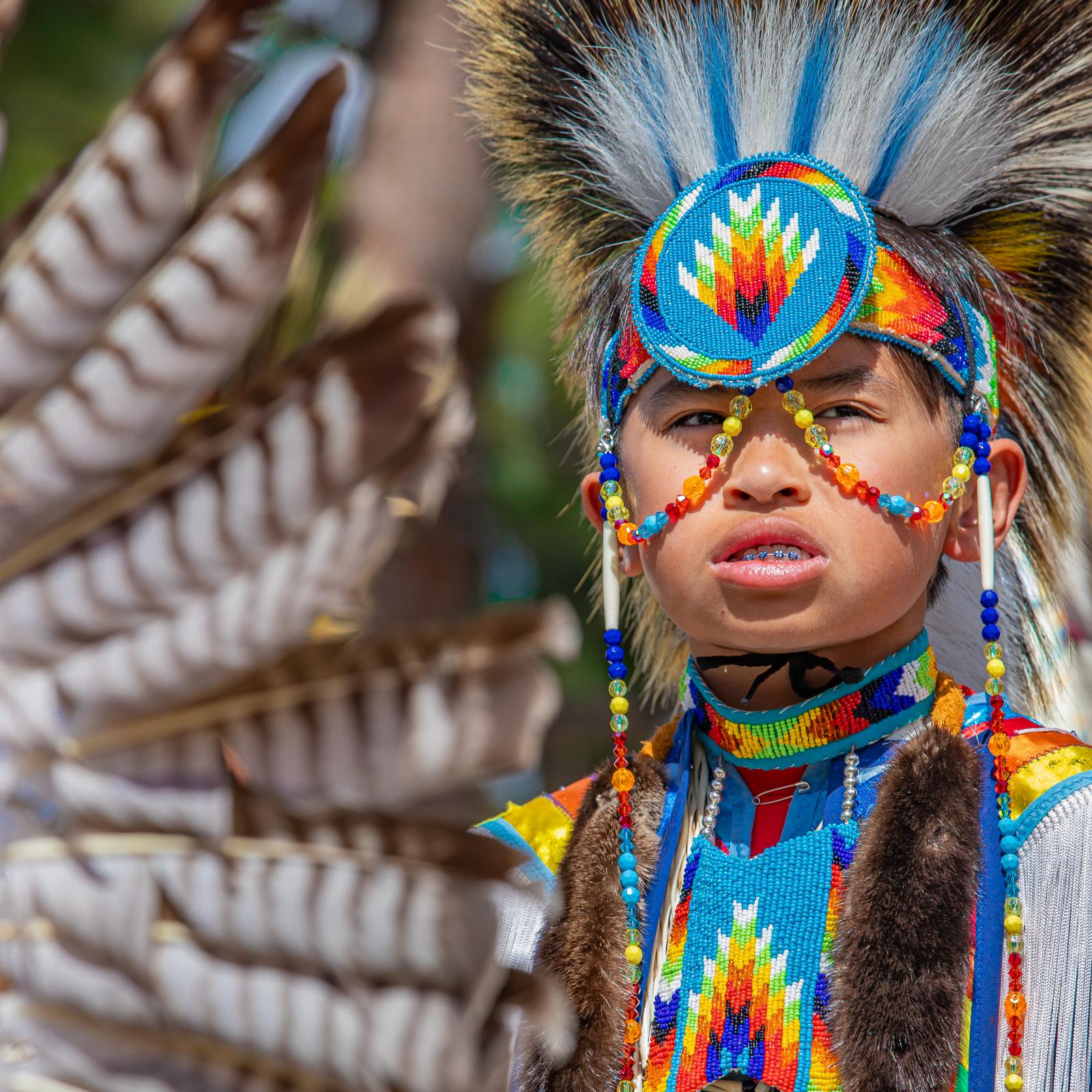
“The weather has been awesome,” said Craig Stone, director of American Indian Studies and a longtime participant and organizer of the powwow. “What’s so cool to see – the head man dancer, head woman dancer and Southern singer, their grandparents were all involved. We have all these alumni and their kids, so many alumni dancing out there. They’re from all kinds of walks of life. It’s just neat to see those Native students who are here, all of whom are alumni, and all these young kids are here. For us, this is a big reunion.”
Indeed, one of the key themes at this year’s powwow was passing the torch to the next generation. CSULB students held key leadership positions in organizing the powwow, and dozens of young people danced, sang, represented organizations at info booths and helped behind the scenes.
Established by American Indian students in 1969, the CSULB Pow Wow is still the largest and oldest continuously running student-sponsored event on campus. It’s also the largest annual gathering of Native Americans in Los Angeles and Orange counties.
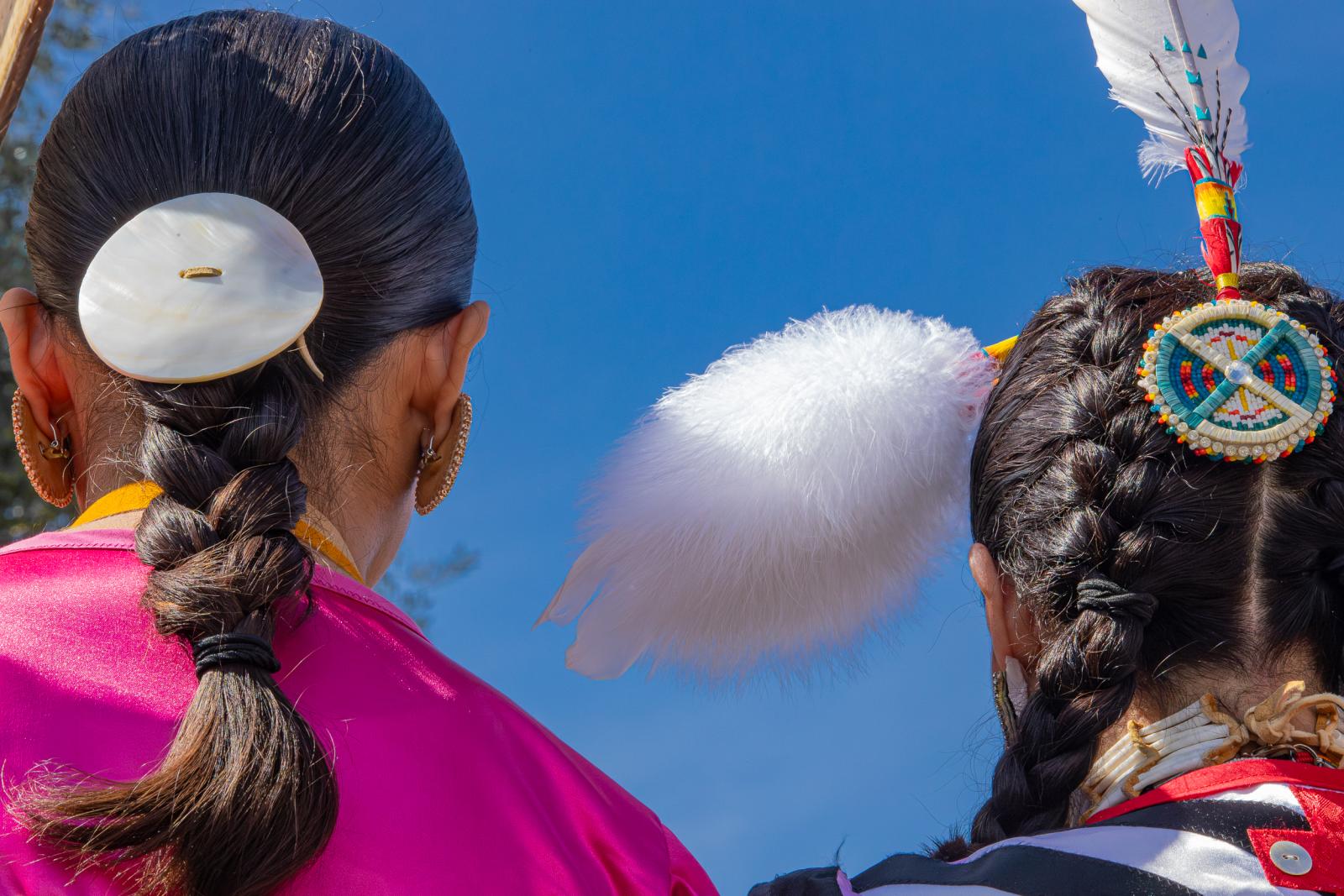
Sam Sierra, of the Ysleta del Sur Pueblo in Texas, attended the powwow with his entire family. He danced and competed in the powwow with his father, wearing patterned quill work made from porcupine quills.
“It means everything to me: reconnecting with my culture, seeing old friends and family, and most importantly, influencing the youth,” said Sierra, 19, who’s training to become a firefighter and lives in Santa Clarita. “Deep down, I dance for myself, and for my mental health. When I go out here, I dance for myself and encourage myself to keep pushing myself. I live the American life and the Native American life. So, I share both worlds.”
Participants danced – some with unique and expressive moves – and progressed slowly around the circular arena, while drummers took turns singing and pounding their rawhide-covered instruments. Attendees – who included students, faculty, staff and members of the public – watched the dancing, ate Indian (or Navajo) tacos, frybread and mutton stew, and browsed Native American jewelry, pottery, textiles, beadwork and clothing with American Indian designs and messages.
Nancy Thompson of Acoma Pueblo in New Mexico drove more than 735 miles to attend the powwow, where she sold her Acoma pottery and jewelry.
“It’s their 51st anniversary, and I’ve been to this powwow about four or five times,” said Thompson, 85. “My daughter and grandkids live here in Long Beach. So, I don’t go to a motel, I go to their house.”
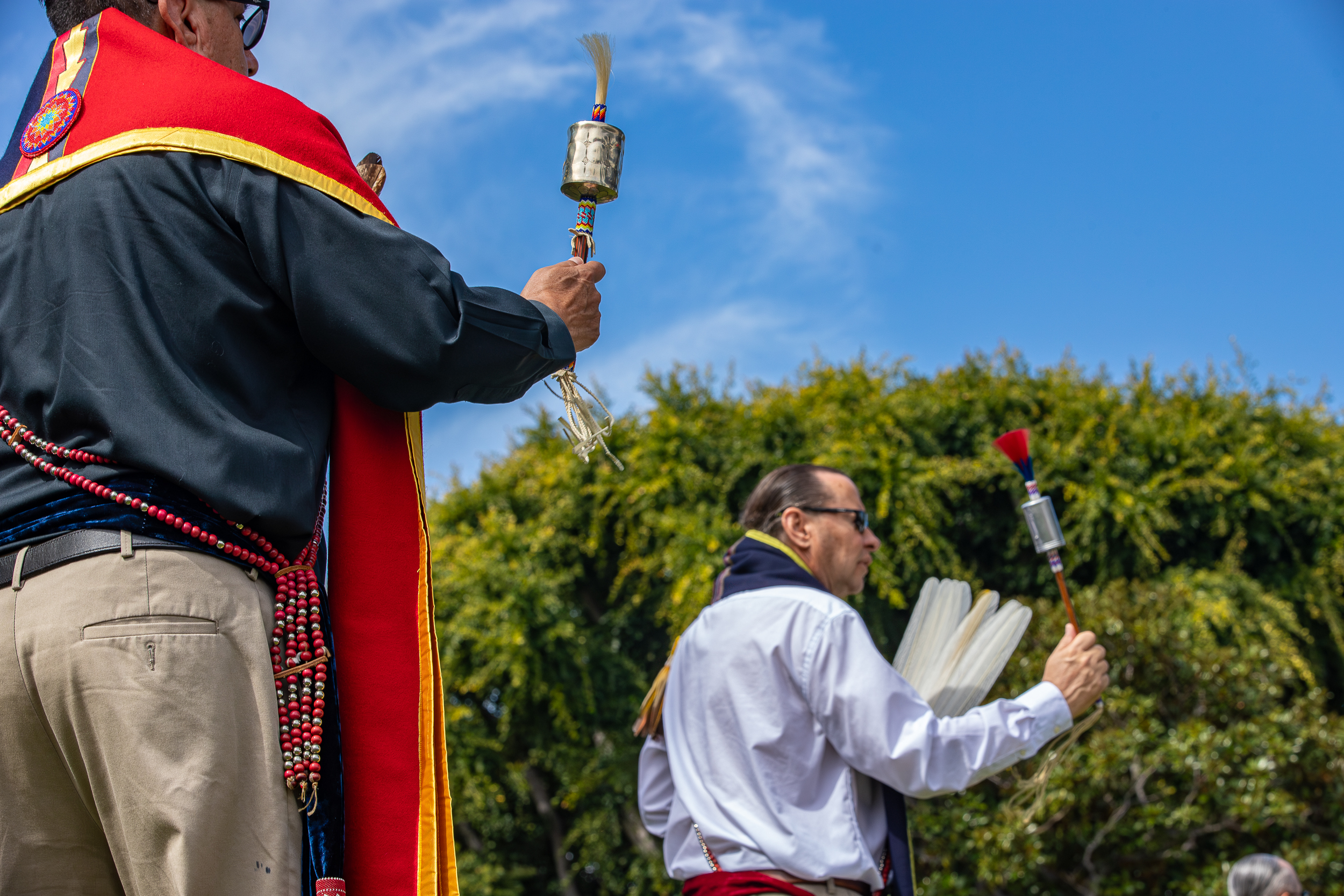
Michael Tiger, 30, described himself as “urban Native.” He comes from the Seminole and Choctaw/Muscogee Creek tribes, but currently lives in Carson.
“For me, it’s almost like church, like a community gathering where we dance,” he said. “Dancing for many communities is a healing. That’s really what happened with me – I embraced it, and it overcame me. I stopped drinking eight months ago. I’m glad that I stopped. Now I’m eight months sober. I really love this. It’s changed my life – to get into my culture. It’s definitely healing. It’s like a second home for me.”





